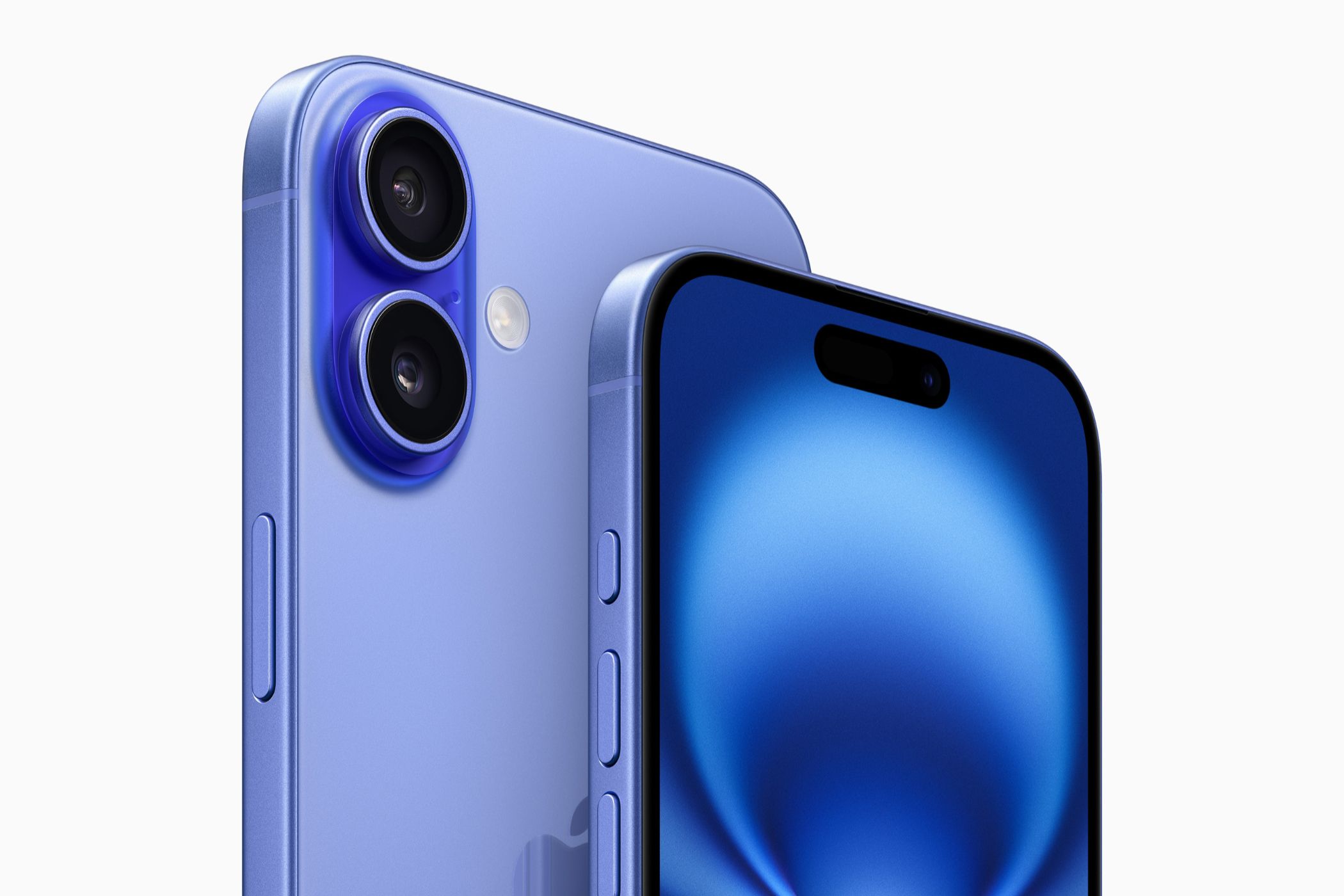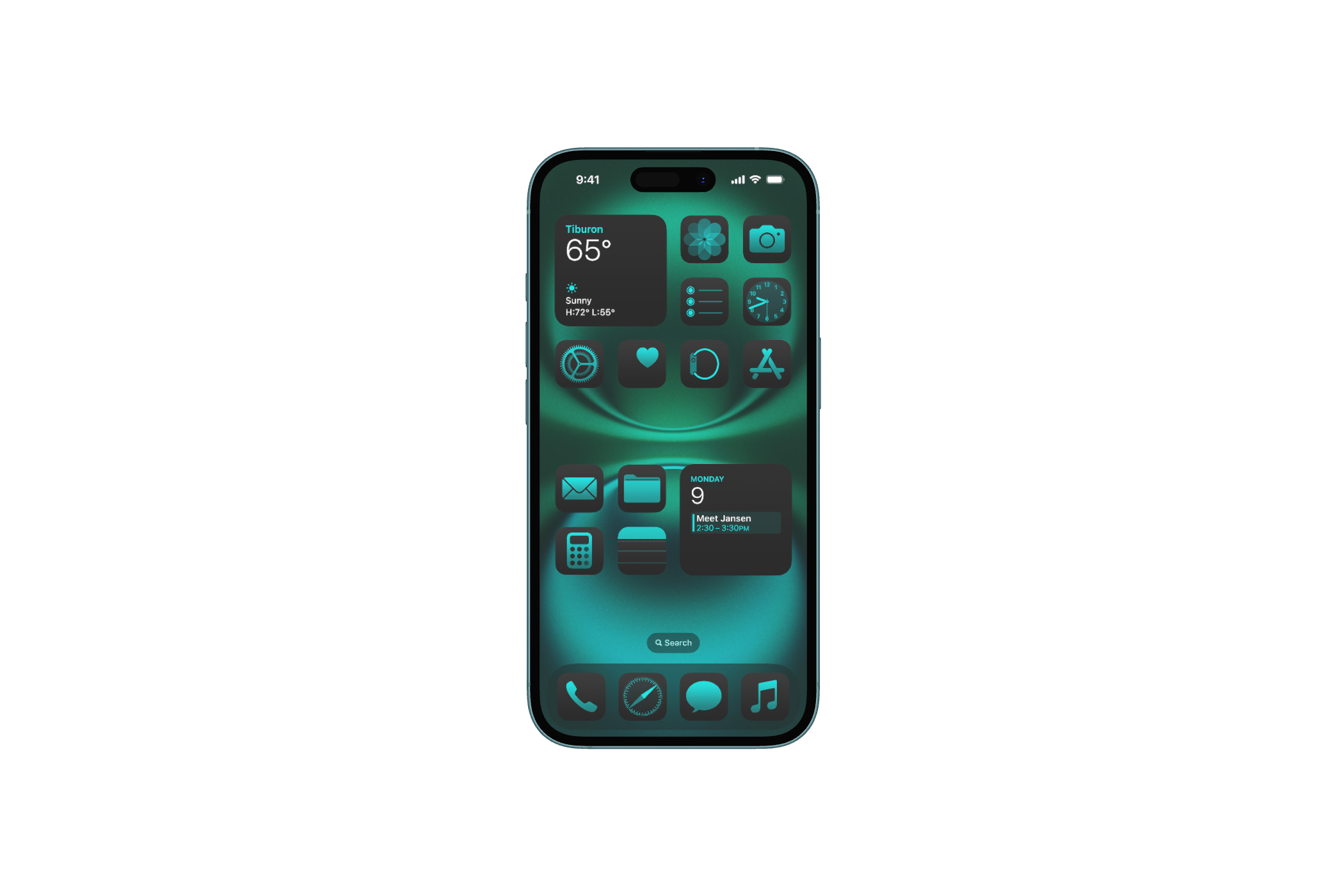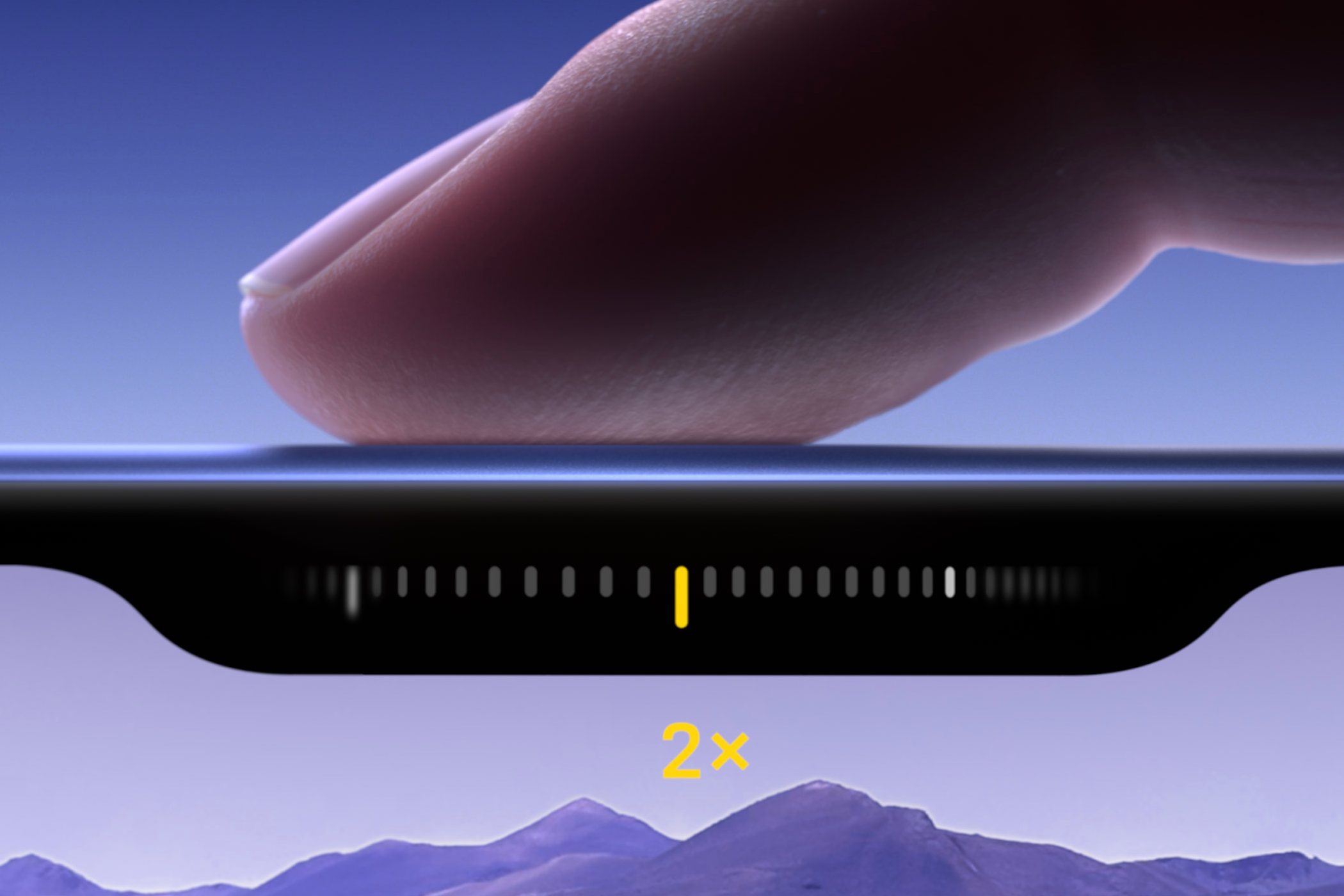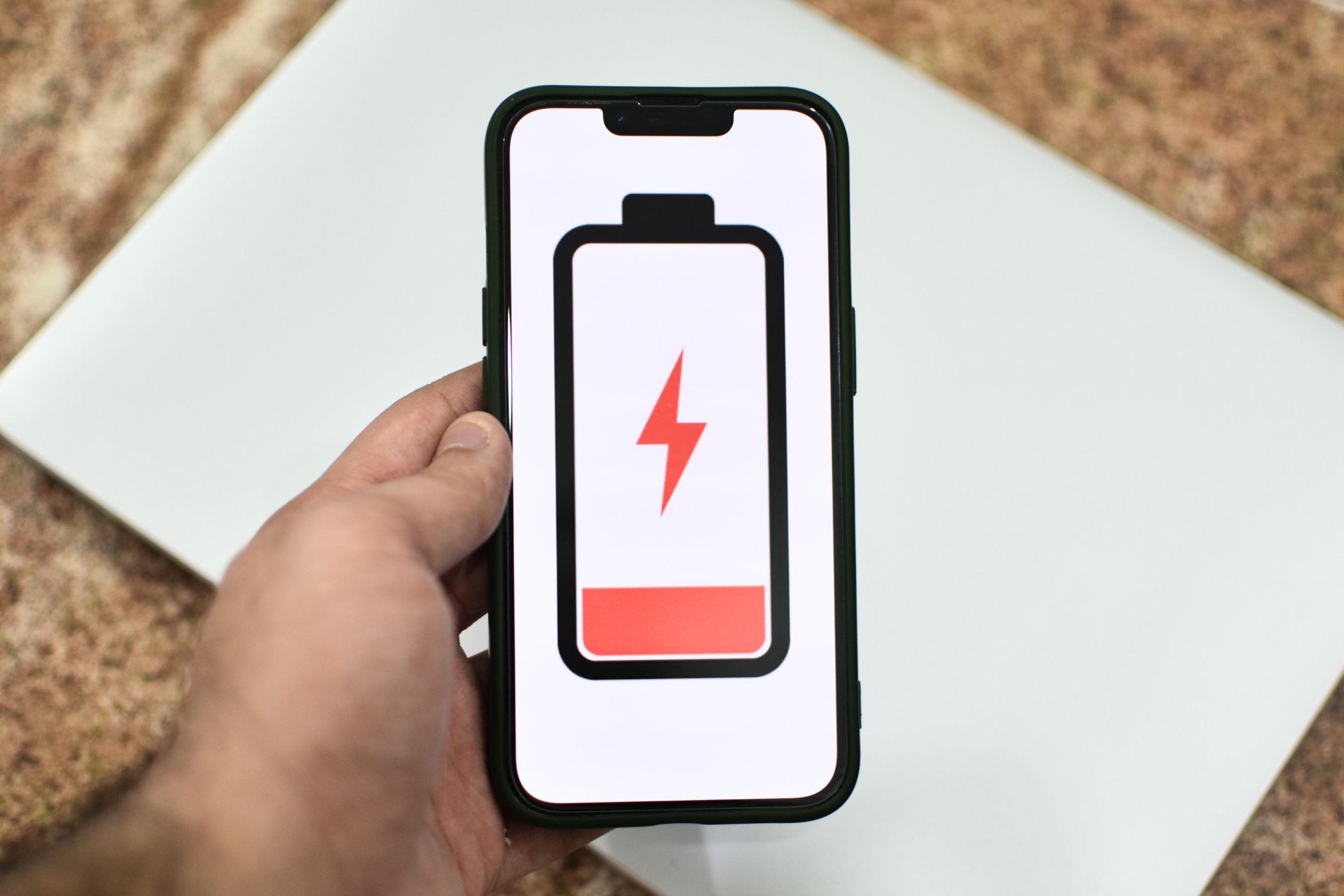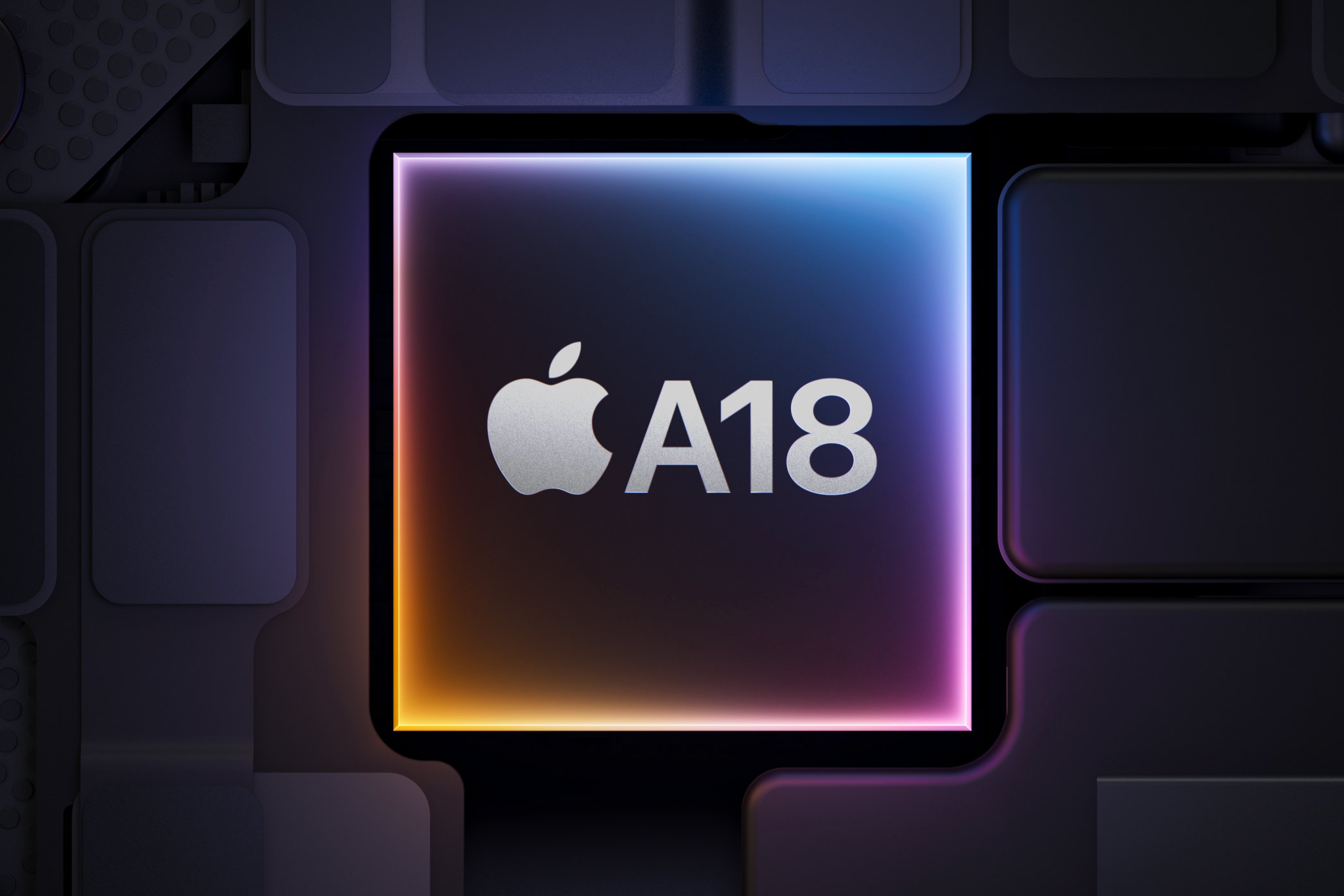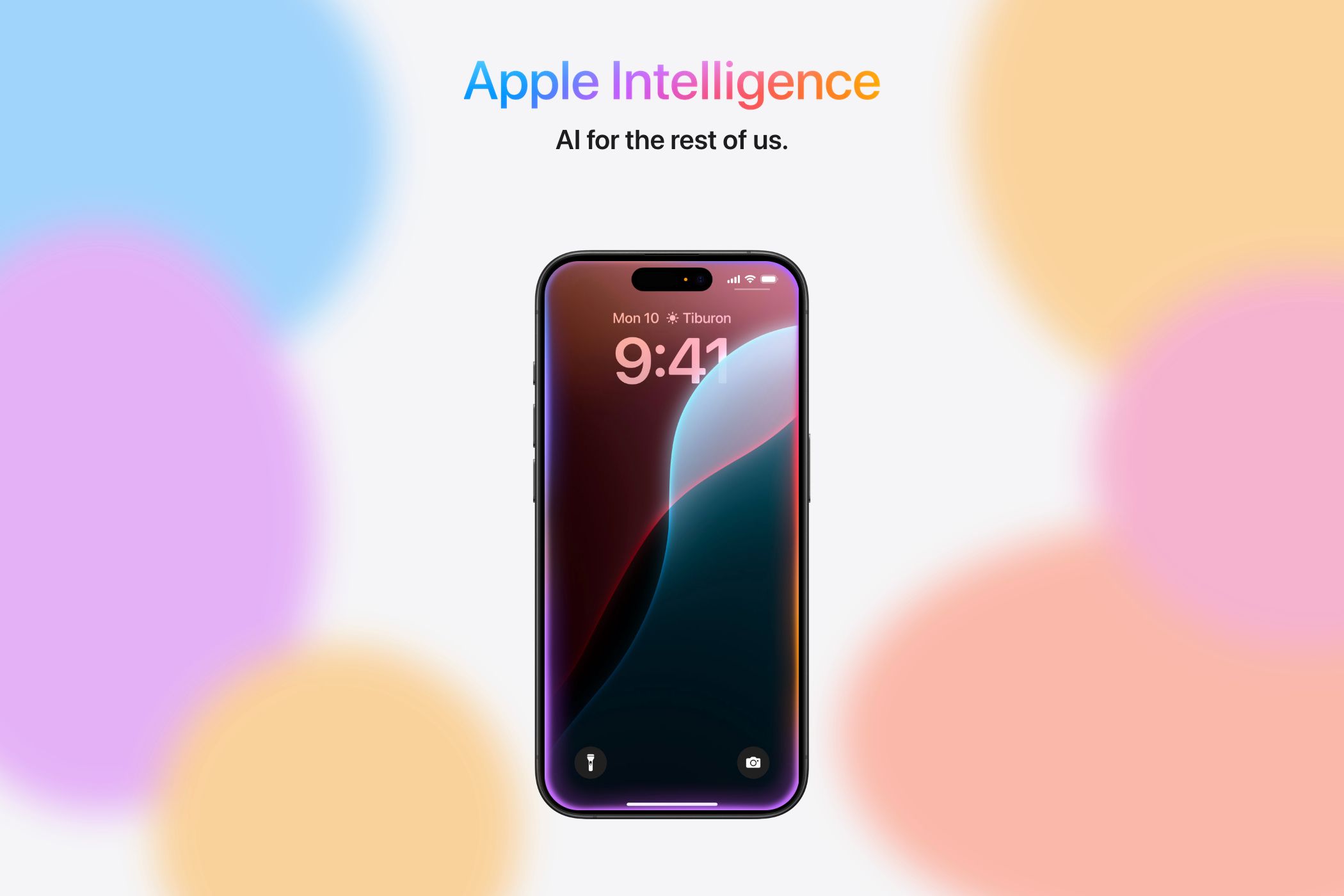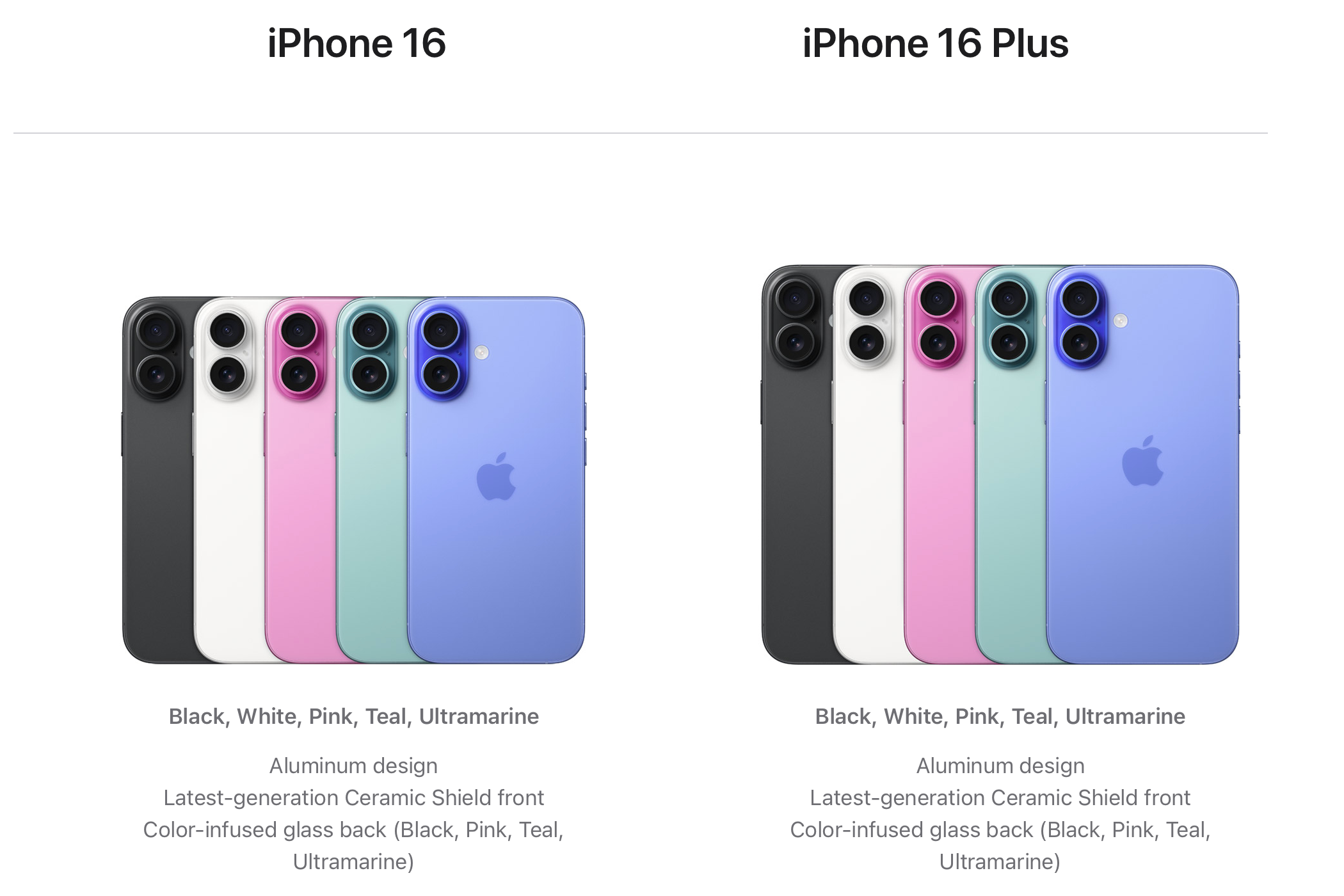Key Takeaways
- Display size and battery life make up the main difference between the iPhone 16 and iPhone 16 Plus, with the latter having a bigger 6.7″ screen.
- The iPhone 16 Plus offers an Apple-quoted 27 hours of video playback compared to the iPhone 16’s 22 hours, since a larger chassis means more room for a larger battery.
- The iPhone 16 Plus starts at $899, while the iPhone 16 starts at $799.
The iPhone 16 is bringing exciting camera features and the Pro line’s Action button to the flagship smartphone, while the iPhone 16 Plus offers this same feature set alongside a larger screen. If you’re wondering which model best suits you, let’s break down their similarities and differences.
“Plus” Applies to Both Size and Weight
The iPhone 16 retains the aluminum-banded design of its predecessor, available in a slate of both familiar and new color choices: black, white, pink, teal and ultramarine. These models also sport a programmable Action button and the brand-new Camera Control interface that makes accessing the camera and fine-tuning your photos easier.
The main difference between the iPhone 16 and iPhone 16 Plus comes down to size and weight. The standard 16 measures out to 5.81 x 2.82 x 0.31 inches (147.6 x 71.6 x 7.80 mm), while the iPhone 16 Plus comes in at 6.33 x 3.06 x 0.31 inches (160.9 x 77.8 x 7.80 mm).
In other words, the iPhone 16 Plus is 0.52 inches longer and 0.24 inches wider, to accommodate its larger screen. It’s for this same reason that the iPhone 16 Plus is roughly an ounce (28g) heavier than the iPhone 16.
These are the same specifications as found on the previous iPhone 15 models, so if you’ve used that phone, you know what to expect.
A Plus-Sized Display if You Need It
The display is the core difference between the iPhone 16 and iPhone 16 Pro. Despite the screen size difference, both sport the same Super Retina XDR displays that utilize OLED technology and pack a respectable pixel density of 460ppi.
The iPhone 16 has a 6.1-inch display that extends across the phone’s entire surface area, with Apple’s Dynamic Island housing its front-facing camera and Face ID sensors. Meanwhile, the iPhone 16 Plus gets its “Plus” moniker from its 6.7-inch display.
The only functional difference between the screens, other than their size, comes down to how much surface area the Dynamic Island takes up proportionally to the screen size, though in practice it’s something most users aren’t likely to notice.
The New Vertical Camera Design Offers Versatility
Apple touts its latest and greatest camera innovations with every new iPhone, but it’s warranted this year due to the introduction of Camera Control and new editing tools. Camera Control is a touch sensitive button on the side of the device that lets you slide your finger across the sensor to make photo adjustments or tap and double-tap lightly to access different functions.
Both iPhone 16 models feature vertically aligned lenses that reduce the surface area they take up on the back of the phone. There’s a 48MP wide main camera and a 12MP ultrawide on both, with support for spatial photos and videos (stereographic media that’s ripe for viewing on a headset like the Vision Pro).
Your photos will look better than ever with both phones, though one could argue that a bigger screen is preferable for setting up shot compositions.
A Bigger Phone Means a Bigger Battery
A bigger screen means more space to fit a higher capacity battery, giving the iPhone 16 Plus a juice boost.
The iPhone 16 will provide a quoted 22 hours of video playback, while the iPhone 16 Plus offers 27 hours. This roughly 20% increase in the bigger model also bears out in the projected audio playbacks of 80 hours and 100 hours, respectively. This gap in battery sizes could be the difference between your phone surviving the day or blacking out, especially after a few years of use.
Apple has also increased the iPhone’s wireless charging capabilities, jumping from the 15W Qi2 standard to 25W. Charging at this higher wattage will result in the phone restoring half its charge in 30 minutes. However, do note that you’ll need a 30W wireless charger to utilize this. Your current Qi2 wireless chargers will still charge the new iPhones at 15W.
Both the iPhone 16 and 16 Plus Sport an A18 Chip
Apple is putting its new A18 chip into both iPhone 16 models, quite a leap from the A16 used in iPhone 15. To keep it simple, this provides an Apple-touted 30–40% performance increase and is meant to help power Camera Control and Apple Intelligence, while also allowing for more battery life through efficiency (though that increase isn’t drastic when compared to iPhone 15).
Software: Apple Goes All-In on AI
Both phones will ship with iOS 18 and full support for Apple Intelligence, the marketing term used to describe Apple’s take on artificial intelligence.
With this wide-ranging feature set, you can expect a smarter Siri, text and image generation, and summaries of your emails (among many other things). This will launch in October in the US, December in Australia, Canada, New Zealand, South Africa, and the United Kingdom, and in a selection of other languages in 2025.
There are plenty of other goodies in iOS 18, but the most important thing to note is that both the iPhone 16 and iPhone 16 Plus will receive them.
You’ll Pay $100 More for a Plus-Sized iPhone
Pricing for iPhone 16 and iPhone 16 Plus pans out as follows:
|
iPhone 16 |
iPhone 16 Pro |
|
|
128GB |
$799 |
$899 |
|
256GB |
$899 |
$999 |
|
512GB |
$1,099 |
$1,199 |
It’s worth noting that if you’re looking to purchase a 512GB model of either phone, you may also want to consider the iPhone 16 Pro line. The low end of the iPhone 16 Pro and iPhone 16 Pro Max are $999 and $1,199 respectively.
Bigger Is Only Better for Some People
Aside from a few intangibles, the two things differentiating the iPhone 16 and iPhone 16 Plus are screen size and battery life. The iPhone 16 Plus is a clear winner when it comes to battery life, but a bigger screen may not be suitable for everyone.
The size and weight differences between the two will determine how these phones feel in your hand or if either will fit in your pocket. Plus, remember that you’re paying a $100 premium for more screen space and battery.
I’d recommend going to an Apple Store or another location with demo units to get hands-on time with both phones before making a purchasing decision. There’s no clear-cut answer to which is better, only a preference regarding which is better for you.
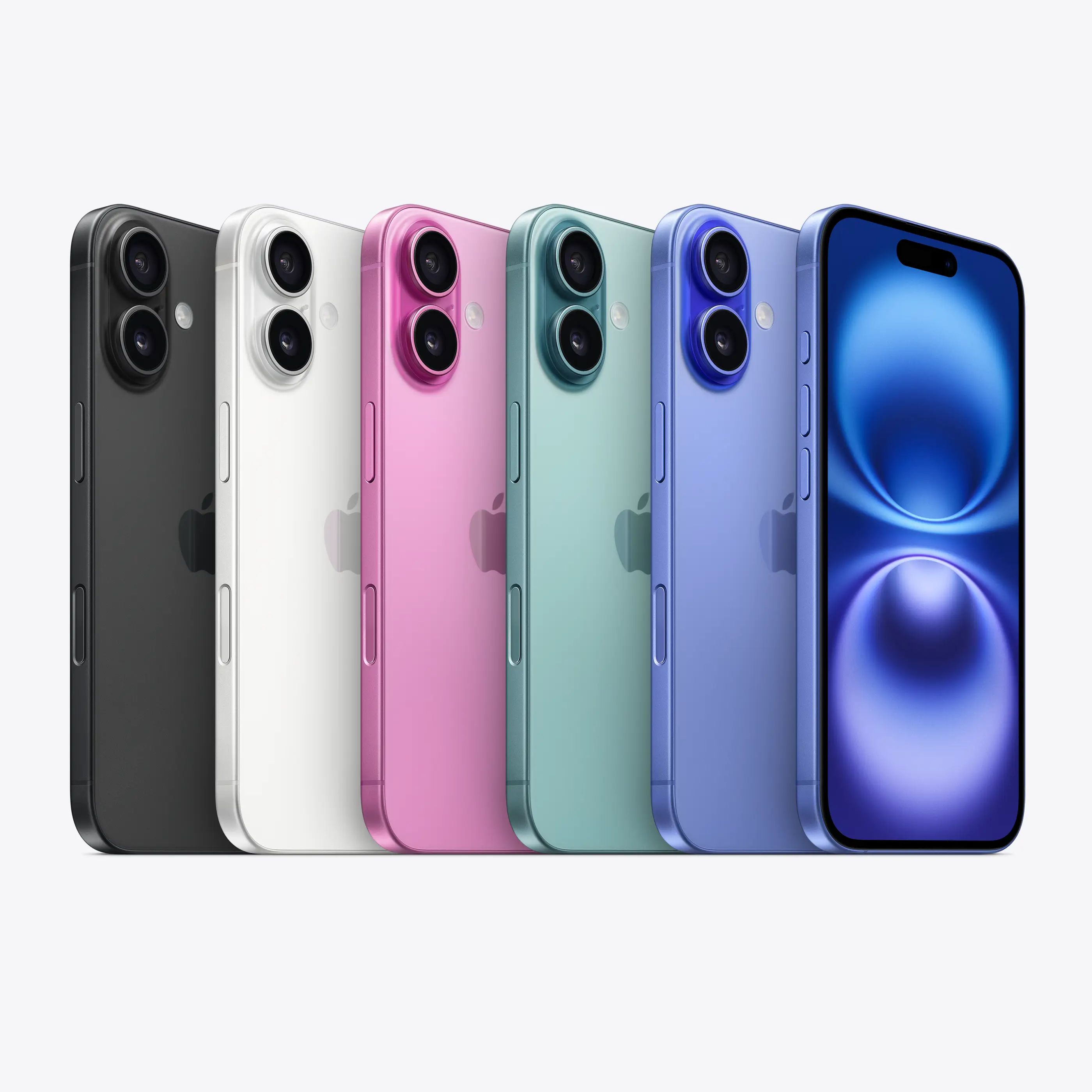
Apple iPhone 16
Apple’s newest iPhone featuring a camera button, programmable action button, and artificial intelligence features.


